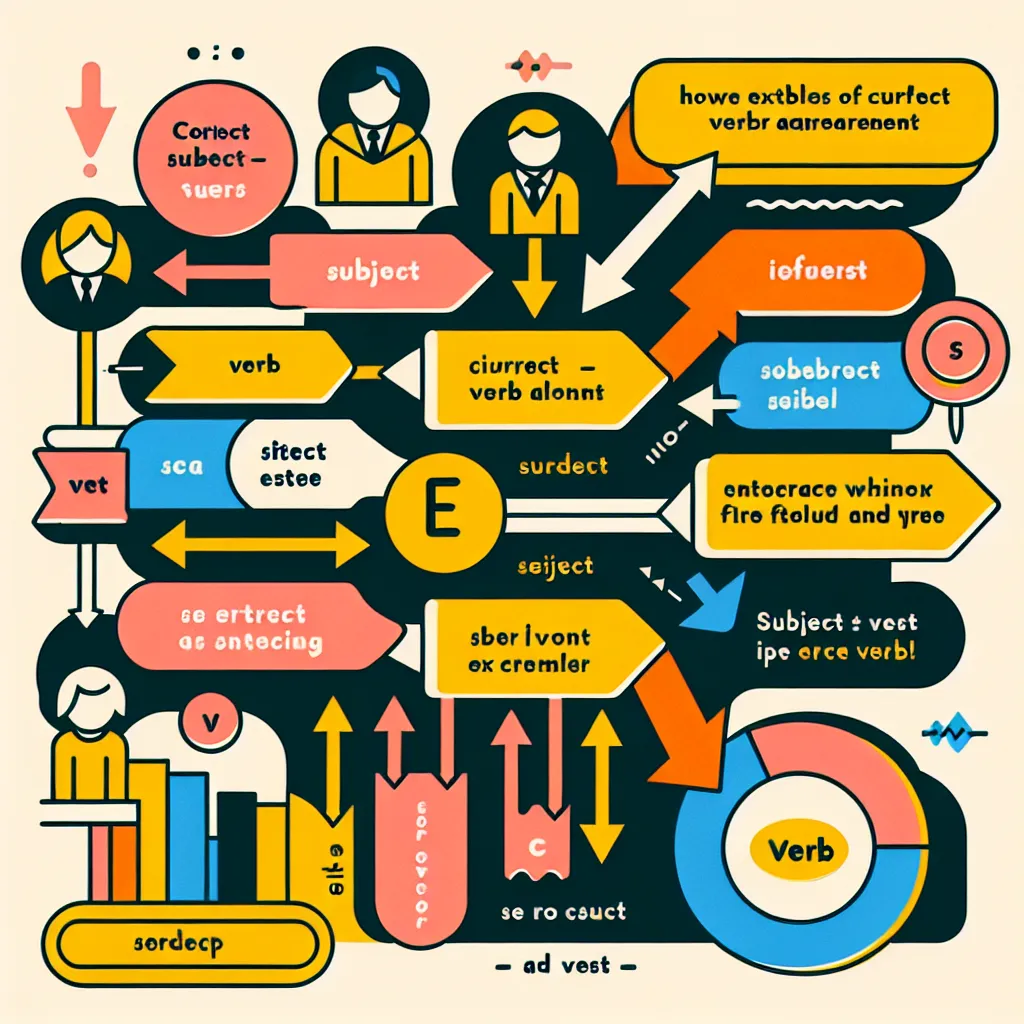Are you struggling with expressing necessity in English? Look no further! This comprehensive guide will help you master English modals for necessity, enabling you to communicate more effectively and confidently in various situations. Whether you’re preparing for the IELTS exam or simply looking to improve your English skills, this article will provide you with valuable insights and practical tips.
Understanding English Modals for Necessity
English modals for necessity are essential verb forms that help us express obligation, requirement, or need. They play a crucial role in conveying the level of urgency or importance of an action. Mastering these modals is vital for clear and effective communication in both spoken and written English.
 English Modals for Necessity
English Modals for Necessity
Key Modals for Expressing Necessity
- Must
- Have to
- Need to
- Should
Each of these modals has its own nuances and usage patterns, which we’ll explore in detail.
Mastering ‘Must’ for Strong Necessity
‘Must’ is used to express strong necessity or obligation. It often implies that the speaker is the source of the obligation.
Usage and Examples
- “You must wear a seatbelt while driving.” (Legal requirement)
- “I must finish this report by tomorrow.” (Personal obligation)
- “Students must attend all classes to pass the course.” (Rule or regulation)
Common Mistakes to Avoid
-
Using ‘must’ for past obligations: Instead, use ‘had to’.
Incorrect: “I must go to the doctor yesterday.”
Correct: “I had to go to the doctor yesterday.” -
Overusing ‘must’ in casual conversations: It can sound too forceful.
For more advanced usage of modals, check out our guide on how to use advanced modals.
Mastering ‘Have to’ for External Necessity
‘Have to’ is used to express necessity or obligation that comes from an external source.
Usage and Examples
- “I have to wake up early for work.” (Obligation due to work schedule)
- “You have to pay taxes by April 15th.” (Legal requirement)
- “She has to practice every day to improve her skills.” (Necessity for improvement)
Key Differences Between ‘Must’ and ‘Have to’
While both express necessity, ‘must’ often implies the speaker’s authority or personal feeling, whereas ‘have to’ suggests an external rule or requirement.
Mastering ‘Need to’ for General Necessity
‘Need to’ expresses necessity in a more general sense and can be used for both personal and external obligations.
Usage and Examples
- “I need to buy groceries.” (Personal necessity)
- “You need to submit your application by Friday.” (Deadline requirement)
- “We need to conserve energy to protect the environment.” (General necessity)
Tips for Using ‘Need to’
- Use it for less urgent necessities compared to ‘must’.
- It’s more flexible and can be used in various tenses.
For more tips on mastering modals, visit our article on tips for mastering the use of modals in English.
Mastering ‘Should’ for Advice or Mild Necessity
‘Should’ is used to express advice, recommendation, or mild obligation.
Usage and Examples
- “You should eat more fruits and vegetables.” (Health advice)
- “We should arrive early to get good seats.” (Recommendation)
- “Children should respect their elders.” (Moral obligation)
When to Use ‘Should’ Instead of Stronger Modals
Use ‘should’ when giving advice or expressing a less urgent necessity. It’s less forceful than ‘must’ or ‘have to’.
 Modal Comparison Chart
Modal Comparison Chart
Common Challenges and How to Overcome Them
Distinguishing Between Different Levels of Necessity
Practice using each modal in context to understand their nuances. Remember:
- ‘Must’ for strong, personal obligations
- ‘Have to’ for external requirements
- ‘Need to’ for general necessities
- ‘Should’ for advice or mild obligations
Negative Forms and Questions
Mastering the negative forms and questions with modals is crucial:
- Must not (mustn’t) vs. Don’t have to
- Do I need to…? vs. Should I…?
For a deeper understanding of modal constructions, read our article on how to use advanced modal constructions in writing.
Practical Exercises for Mastering Modals of Necessity
- Gap-fill exercises: Complete sentences with the appropriate modal.
- Situation-based practice: Respond to various scenarios using the correct modal.
- Transformation exercises: Change sentences using different modals while maintaining the meaning.
Conclusion
Mastering English Modals For Necessity is a crucial step in improving your overall English proficiency. By understanding the nuances between ‘must’, ‘have to’, ‘need to’, and ‘should’, you can express necessity and obligation more accurately and effectively. Remember to practice regularly and in context to fully grasp these concepts.
To further enhance your understanding of modal verbs, we recommend reading our article on how to improve your understanding of modal verbs.
Keep practicing, and soon you’ll be using these modals with confidence in your everyday English communication!




